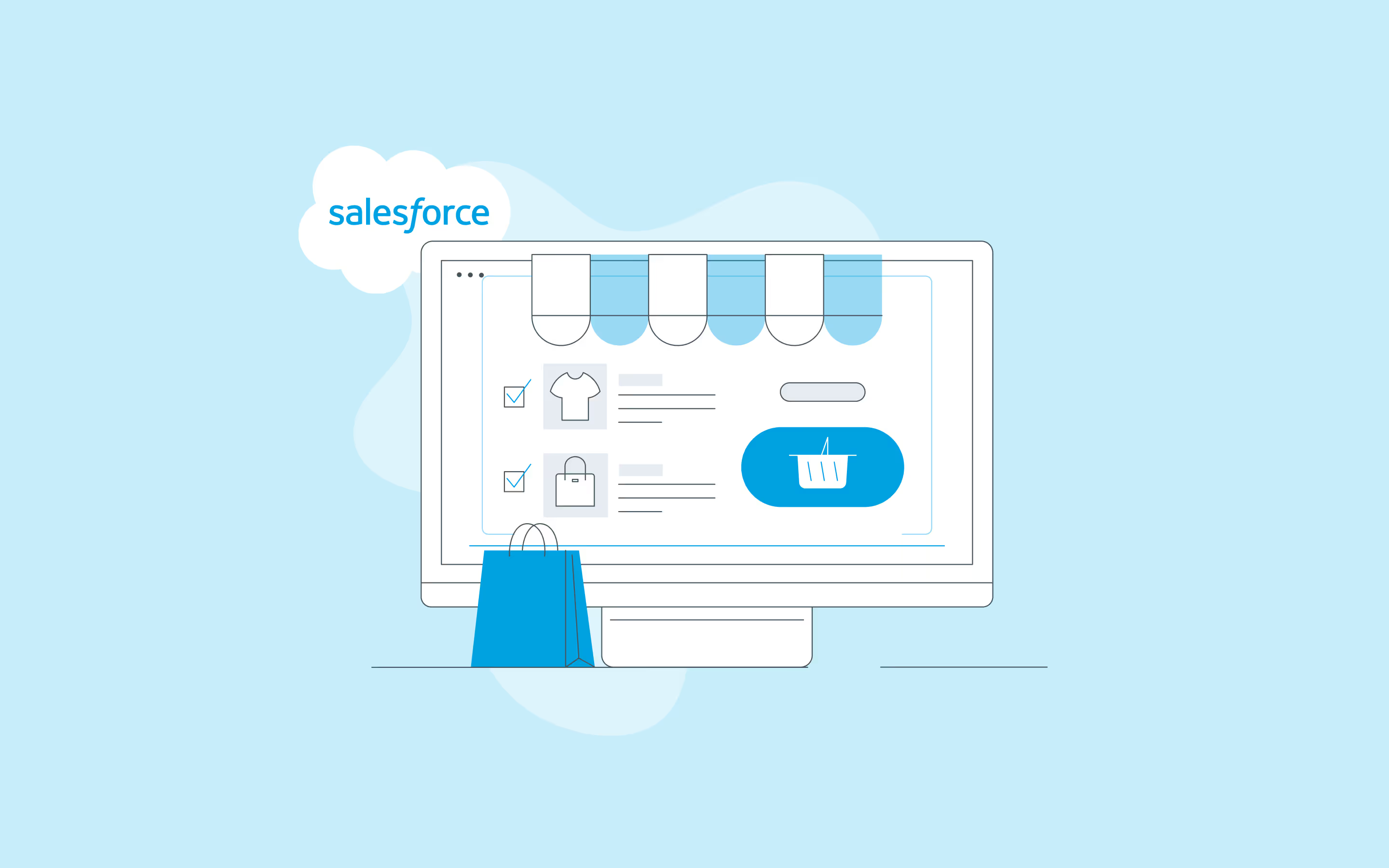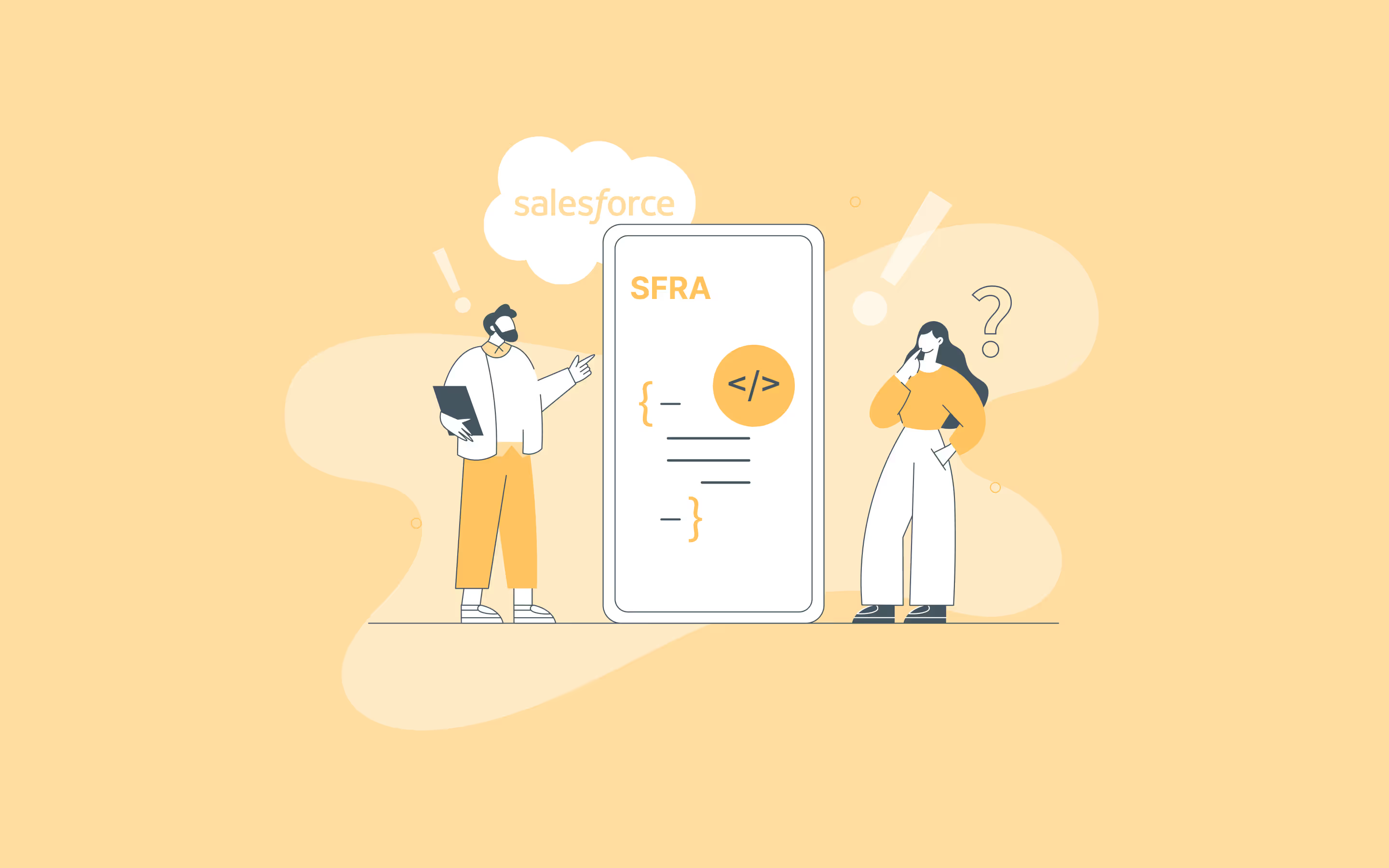

5 min read
•
Salesforce
•
October 16, 2025
Salesforce Commerce Cloud Isn’t Dead It’s the Future of Composable Commerce
Scroll through LinkedIn for five minutes and you might think Salesforce Commerce Cloud (SFCC) is finished. People call it slow, rigid, and overpriced; a platform to escape from. The truth is different.
SFCC isn’t dead. It’s just misunderstood.
When implemented correctly, Salesforce Commerce Cloud is one of the strongest foundations for modern composable commerce. The problem isn’t the platform itself. It’s how most teams have been using it.
Blame the Architecture, Not the Platform
Most critics of SFCC are still looking at outdated SiteGenesis or SFRA builds. Those were designed for a different era, with server-rendered templates and tightly coupled architectures. No wonder they feel slow and limited today. But underneath those layers, SFCC has always had solid fundamentals. It scales globally, supports massive catalogs, handles complex business rules, and integrates deeply with the Salesforce ecosystem. What it needed wasn’t a replacement. It needed a front-end reset. That reset arrived with Composable Storefront.
Composable Storefront Changes Everything
Pairing Salesforce Commerce Cloud with a headless front end, modern frameworks like React, and best-in-class CMS and search tools turns it into something completely new. The result is a fast, flexible, and scalable ecommerce experience. Marketing teams gain full control of content and campaigns. Developers can focus on high-impact work instead of maintenance. The business can finally experiment, optimize, and evolve, all without replacing the back end that already works.
At 64labs, we have delivered more than 10 full composable SFCC storefronts. Not prototypes or partial migrations, but complete rebuilds of legacy storefronts into faster, modular systems. The results are consistent: lower bounce rates, higher conversion, improved mobile performance, and more productive teams.
The Real Value: Operational Agility
The biggest win from a composable SFCC setup isn’t just technical. It’s operational.
A well-executed composable build gives marketing and merchandising teams real autonomy. Campaigns go live faster. IT teams spend less time on tickets and maintenance. And the business becomes more adaptable to new technologies like AI-driven content and personalization. In short, a composable Salesforce Commerce Cloud implementation transforms Salesforce from a bottleneck into a growth engine.
Don’t Buy the Hype, Choose the Right Fit
There’s no shortage of hype around “next-generation” platforms. Shopify is fast to launch, but limited when enterprise complexity comes into play. CommerceTools is beautifully modular, but often demands large budgets and advanced engineering teams to implement. Salesforce Commerce Cloud sits in the middle. It combines enterprise stability with composable flexibility. It is the ideal solution for large brands that want modern capabilities without sacrificing proven reliability.
The Only Thing That’s Dead Is the Excuse
Salesforce Commerce Cloud is alive and evolving. It just requires a modern composable approach and a team that knows how to implement it.
With the right architecture and mindset, SFCC delivers measurable results your executives will notice: faster launches, improved performance, and higher revenue.
The platform isn’t the problem, the strategy is. Fix that, and Salesforce Commerce Cloud becomes one of your brand’s strongest assets.
Read more

August 8, 2025
Salesforce
Ecommerce
Why Salesforce Commerce Cloud Is Still the Best Enterprise eCommerce Platform

August 25, 2025
Salesforce
Ecommerce
SFRA Explained - Why Salesforce Commerce Cloud Needed a Fresh Start
